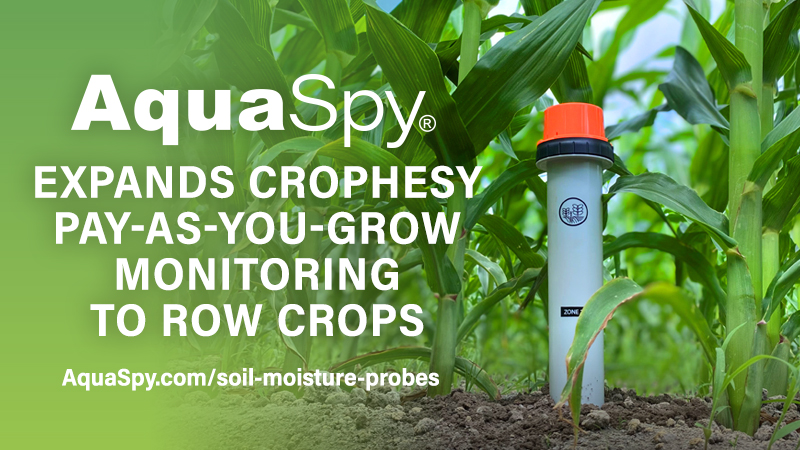Roundup Ready Xtend: Silver Linings In Label Delays For Monsanto
Since 2014, Monsanto has trained more than 20,000 growers and retailers on all aspects of its new dicamba-tolerant system at its many Xtend Learning Xperience sites across the country — and the educational process continues both in person and online.
Says John Combest, Monsanto spokesman, “If there’s one upside to the fact that we’ve had some regulatory delays, it’s allowed us to get out to the field one or two more seasons and educate the retail chain and growers on this new technology — what’s legal, what’s not, how to make it work. So it’s really been in some ways a blessing that we’ve had this additional time.”
Monsanto has taken more of an interactive approach than the typical field days, utilizing Q&A sessions and dry erase boards, as well as creating a YouTube playlist of educational videos for growers. It has also trained via Pesticide Safety Educator Programs and targeted forums such as Beck Ag phone calls. Collaboration with academics has been vital.
Sara Allen, Crop Protection Engagement Lead for Monsanto, describes the educational process as challenging, simply because of how much things have changed over the years. They have kept focus on the practical — making sure growers understand the value of a triple-rinse on the boom, and the importance of spraying when weeds are less than 4 inches tall to maintain sustainability of the system.
“Once you tell people why they’re doing things, they understand their necessity and are more likely to go forward and do them.”
Monsanto’s Groundbreakers program of growers who have used the Xtend system since 2013 has yielded very positive feedback on application requirements. The VaporGrip formulation and restriction of AMS in the tank have helped build confidence. Growers realized, too, that they are able to spray on more days than they initially thought even with the buffer zone and wind speed requirements.
All of the new equipment and application requirements to prevent off-target movement will take a shift in how applicators do their job, but it’s ultimately a good thing, Allen says.
“I see it as an educational opportunity that will not only sustain dicamba, but will sustain agriculture, and a lot of these active ingredients going forward. I think it will be a change, but I think they’ll adapt fairly quickly.” She adds: “They will see that it’s definitely a doable system and is worth adding to their toolbox.”






